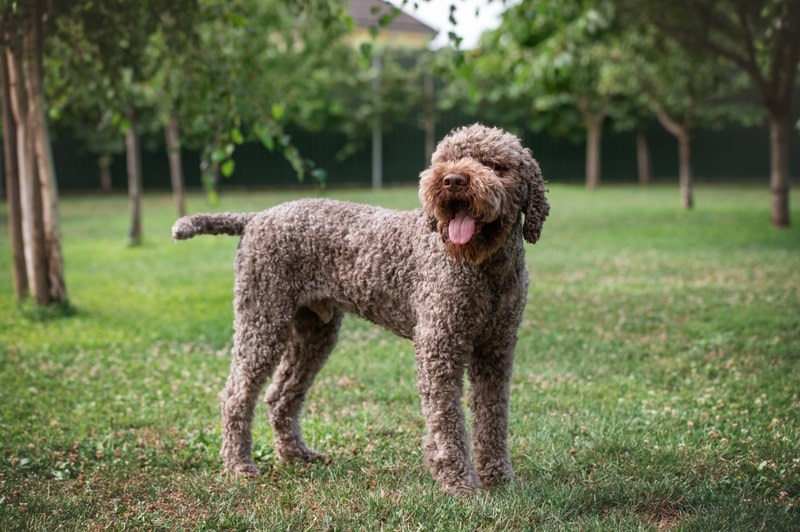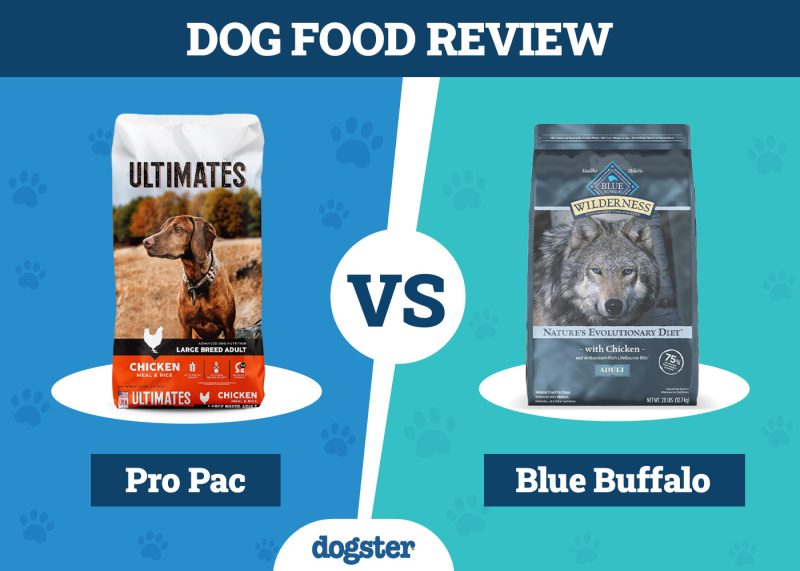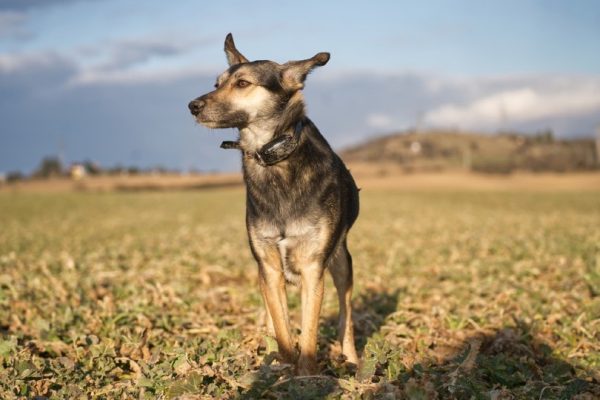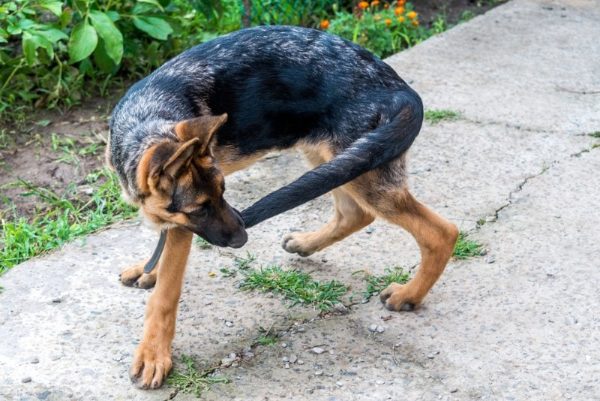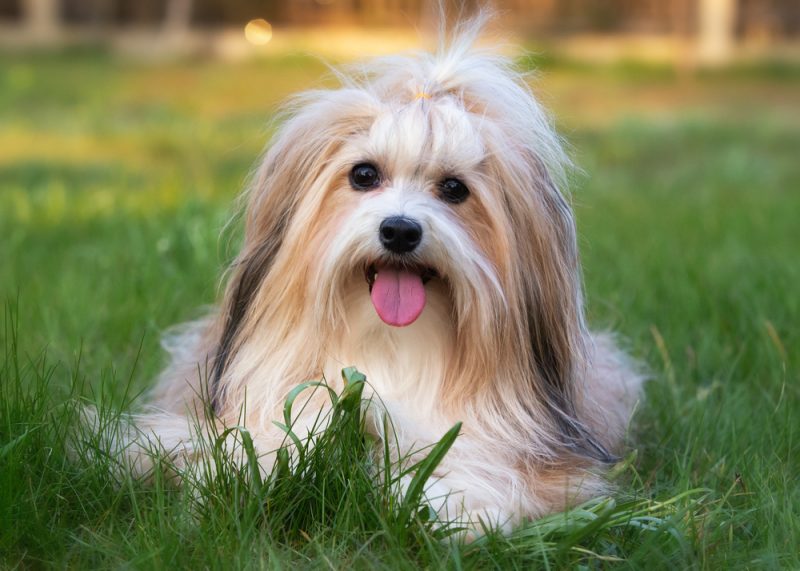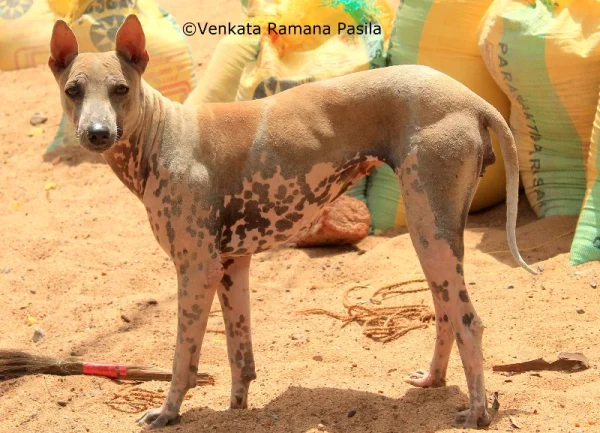In this article
View 2 More +You can probably spot dozens of dog breeds in the wild and instantly recognize them by their appearance. Pugs and English Bulldogs are two easily discernible breeds you could probably spot at any dog park. You might be surprised to learn just how many breeds there are, however. The American Kennel Club (AKC) recognizes almost 200 breeds, while the World Canine Organization lists 360 officially recognized breeds. That’s a lot of dogs!
Let’s take a look at some of the rarest dog breeds in the United States, ones you’ve likely never seen before or even heard of.

How Are Rare Dogs Classified?
As we mentioned above, the AKC recognized nearly 200 dog breeds. Every year, they put out a list of the most and least popular breeds based on their registration statistics. The 20 breeds we’ll be talking about today are consistently bottoming their popularity list.
Top 20 Rare Dog Breeds in the U.S.
1. Cirneco dell’Etna
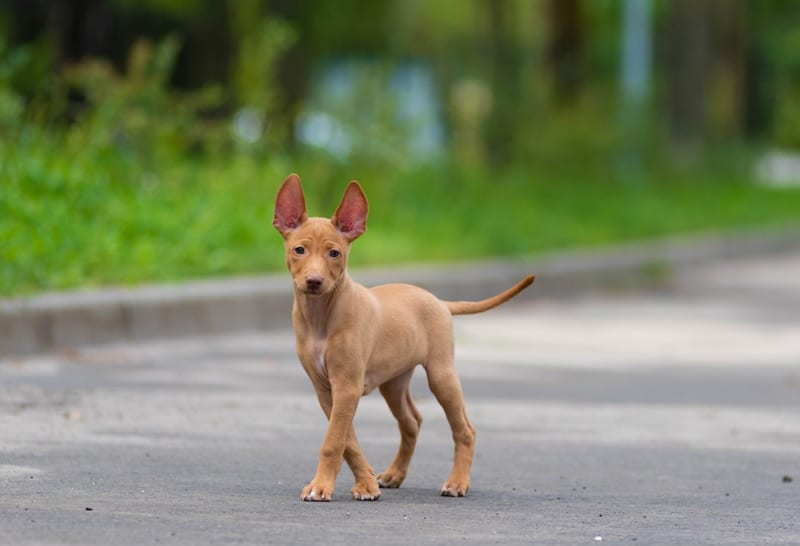
| Origin: | Sicily |
| Lifespan: | 12–14 years |
| Height: | 17–20 inches |
The Cirneco dell’Etna is an Italian hunting dog originating from the Mediterranean island of Sicily. They’re known for their keen sense of smell and their silent method of hunting that allows them to catch small prey off guard. The Cirneco dell’Etna is not readily available outside of Italy, and there are only around 200 individuals living in the U.S.
2. Skye Terrier
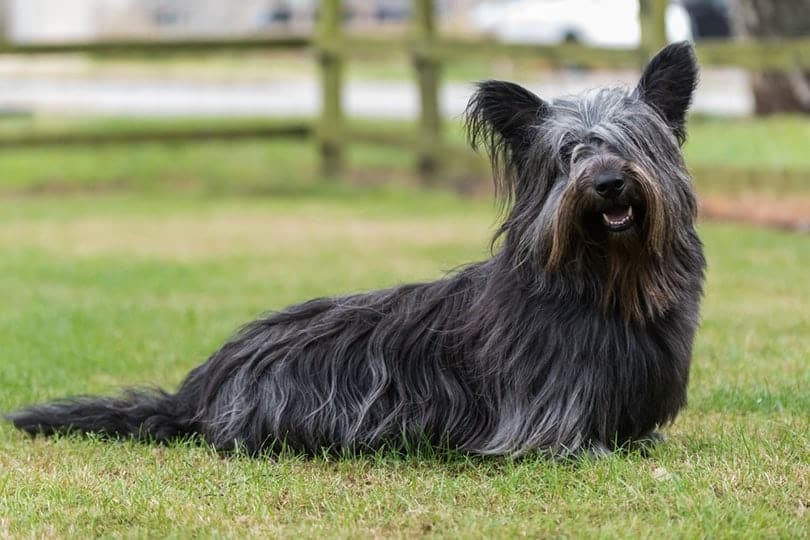
| Origin: | Scotland |
| Lifespan: | 12–15 years |
| Height: | 9–10 inches |
The Skye Terrier is a long and low terrier originating on the Isle of Skye in Scotland. Don’t let their small size fool you; they were originally developed to hunt badgers, otters, and foxes. Though the Skye Terrier was recognized as a breed in 1887, their popularity has severely waned since the 1800s. They are now so rare that they’re considered “at risk”.
3. Cesky Terrier
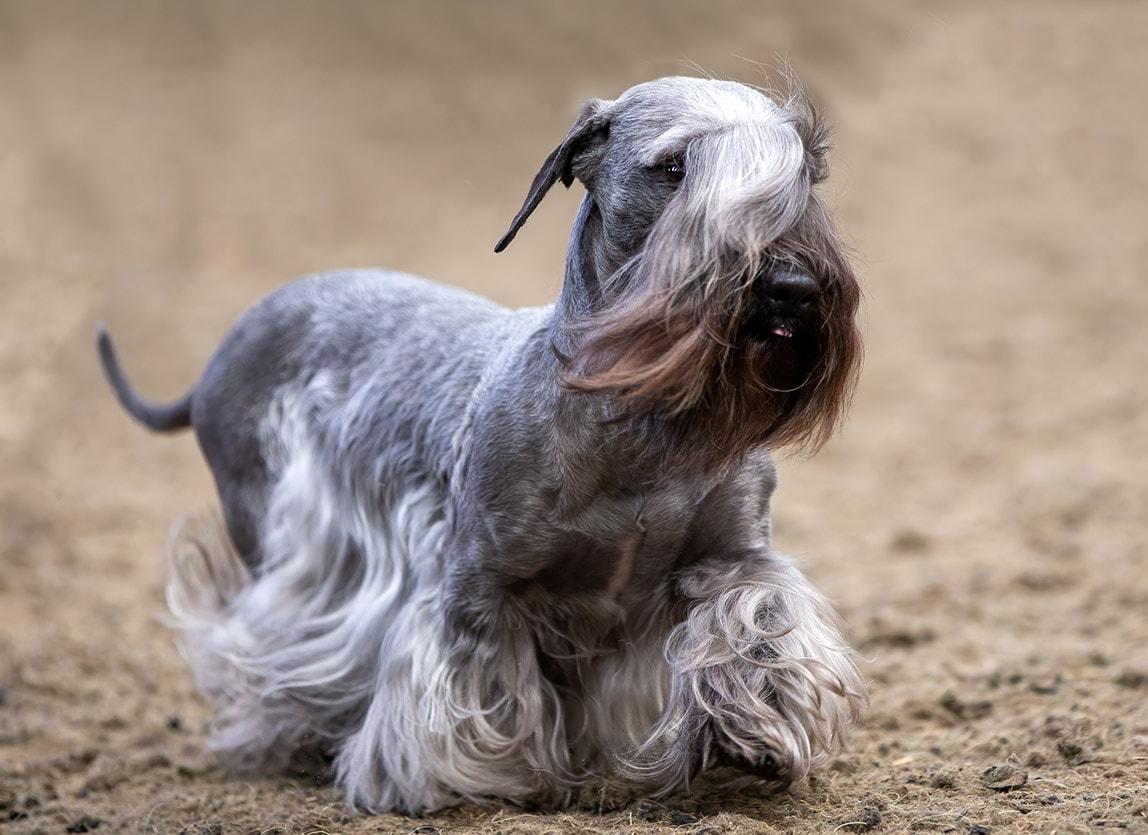
| Origin: | Czechoslovakia |
| Lifespan: | 12–15 years |
| Height: | 10–13 inches |
The Cesky Terrier is a terrier-type dog originating in Czechoslovakia (current day Czech Republic and Slovakia). Though they’re small, they’re a very sturdy breed developed to be an all-purpose hunting terrier. The Cesky Terrier was first imported into America in the 1980s, but they’re now a very scarce breed, with just 600 left in the U.S.
4. Bergamasco Shepherd
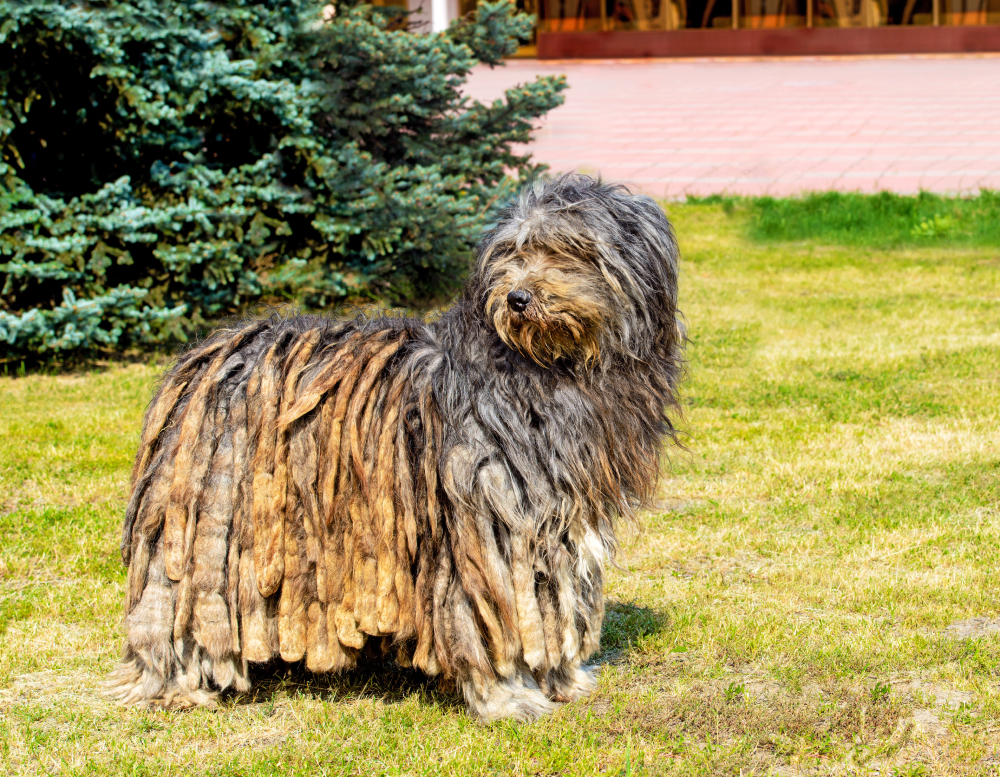
| Origin: | Italy |
| Lifespan: | 13–15 years |
| Height: | 21–24 inches |
The Bergamasco Shepherd is an Italian sheepdog bred to herd cattle and sheep. They originated in the Bergamasque Alps and Prealps, a mountain range in the southern part of the Alps. This unique-looking breed is easy to recognize thanks to its long, felted coat, but it remains rare to see in America.
5. Polish Lowland Sheepdog
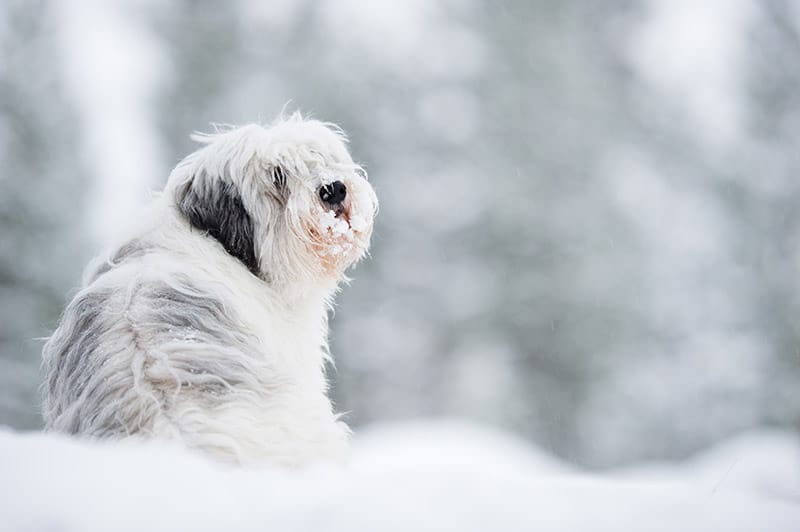
| Origin: | Poland |
| Lifespan: | 17–20 years |
| Height: | 12–15 inches |
The Polish Lowland Sheepdog (also known as the PON) is a sheepdog likely descended from the Tibetan Terrier and Puli. It may even be partly related to the Bearded Collie. The PON almost went extinct during World War II, but a dedicated veterinarian was able to rebuild the breed. Though they are unofficially considered Poland’s national dog, they are rare to stumble across in America.
6. Ibizan Hound
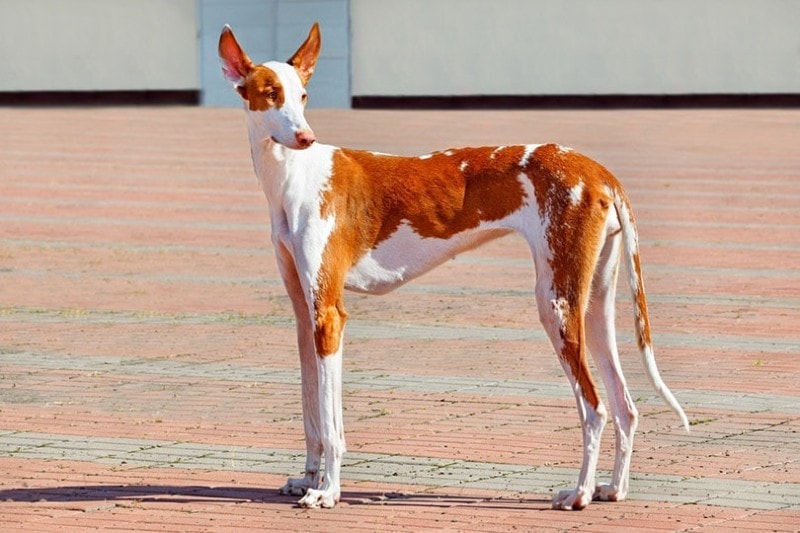
| Origin: | Ibiza |
| Lifespan: | 10–12 years |
| Height: | 22–29 inches |
The Ibizan Hound is an old and rare breed originating from the Spanish island of Ibiza. These tall sighthounds have been around for centuries, and their elongated heads and tall ears are familiar motifs seen in ancient Egypt. The Ibizan Hound was bred to hunt rabbits and other small game and is fast and agile so that they can hunt on varying terrain.
7. American Foxhound
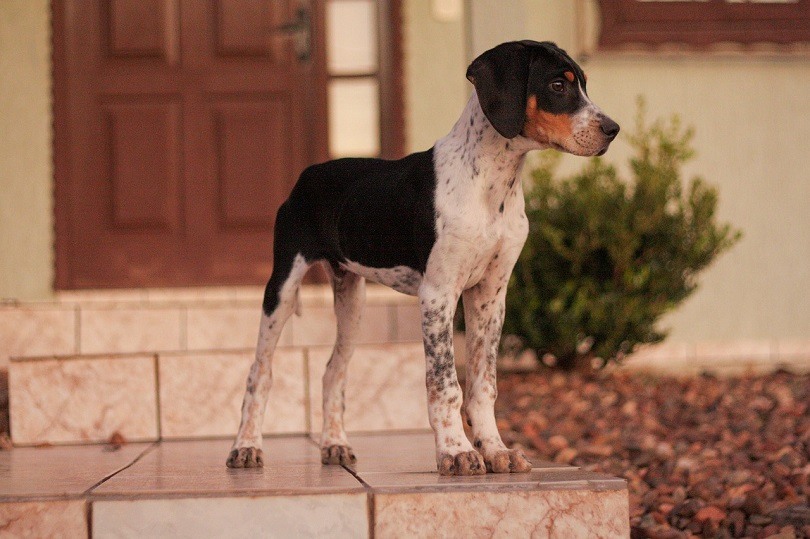
| Origin: | United States |
| Lifespan: | 10–12 years |
| Height: | 21–25 inches |
The American Foxhound is a scent hound bred in America to hunt foxes. George Washington was said to be a main contributor to the development of the breed. Though the American Foxhound was one of the first breeds to be developed in the United States, it is now exceedingly rare.
8. Pyrenean Sheepdog
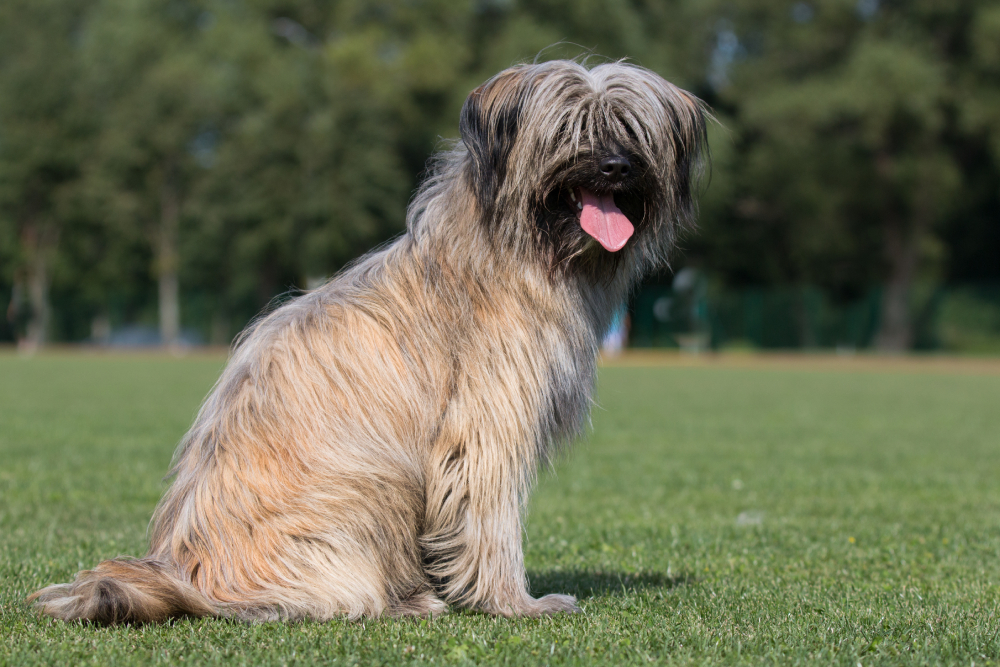
| Origin: | France |
| Lifespan: | 15–17 years |
| Height: | 15–21 inches |
The Pyrenean Sheepdog is a herding dog originating in the Pyrenees Mountains region in France. They were brought to the U.S. by shepherds in the 19th century, though it is exceedingly rare to find them outside of their native France now. The Pyr Sheepdog is still used as a herding dog in its homeland.
9. Norwegian Lundehund
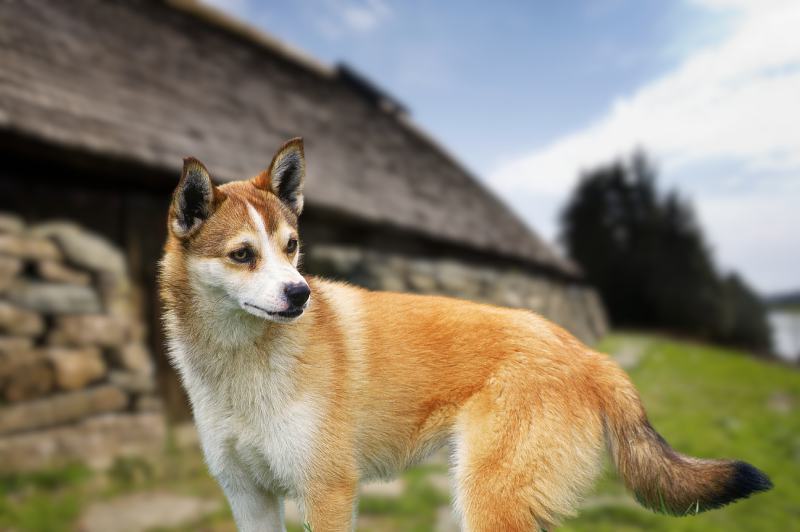
| Origin: | Norway |
| Lifespan: | 5–10 years |
| Height: | 12–16 inches |
The Norwegian Lundehund is a small Spitz-type dog originating in Norway. For hundreds of years, these valuable working dogs hunted puffins for food along the coast. They have unique physical characteristics that lend well to this job, including having six toes on each foot and an extra neck joint to provide further flexibility. The breed is considered “vulnerable” by the Norwegian Kennel Club, meaning there are less than 500 registered in Norway. According to the AKC, this is the rarest and least popular dog breed of all.
10. Sloughi
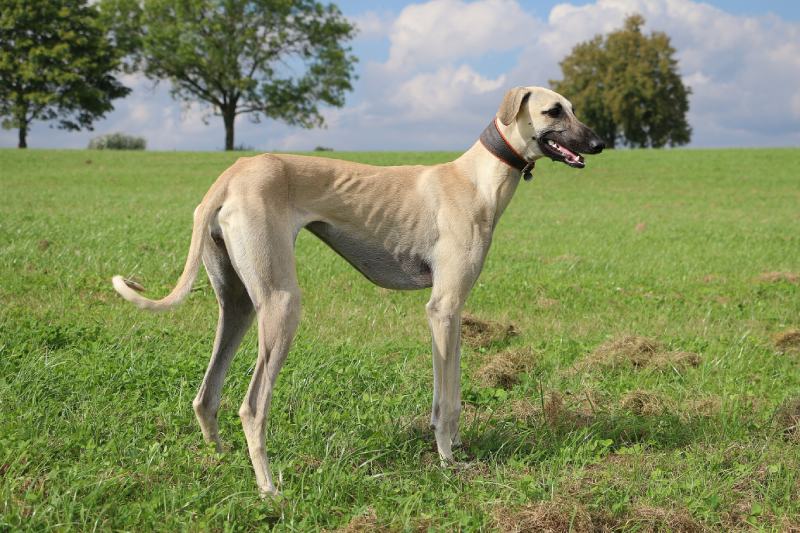
| Origin: | North Africa |
| Lifespan: | 10–15 years |
| Height: | 24–29 inches |
The Sloughi, also known as the Arabian Greyhound, is an ancient breed originating in Northern Africa. These lean and swift coursing hounds were bred to hunt an array of game in the desert, such as foxes, jackals, and gazelles. Sloughi-type dogs were often favored hunting companions of Egyptian nobles, though they didn’t arrive in America until the 1970s. There are only a handful of Sloughi breeders in the U.S., so they’re extremely rare to find.
11. English Foxhound
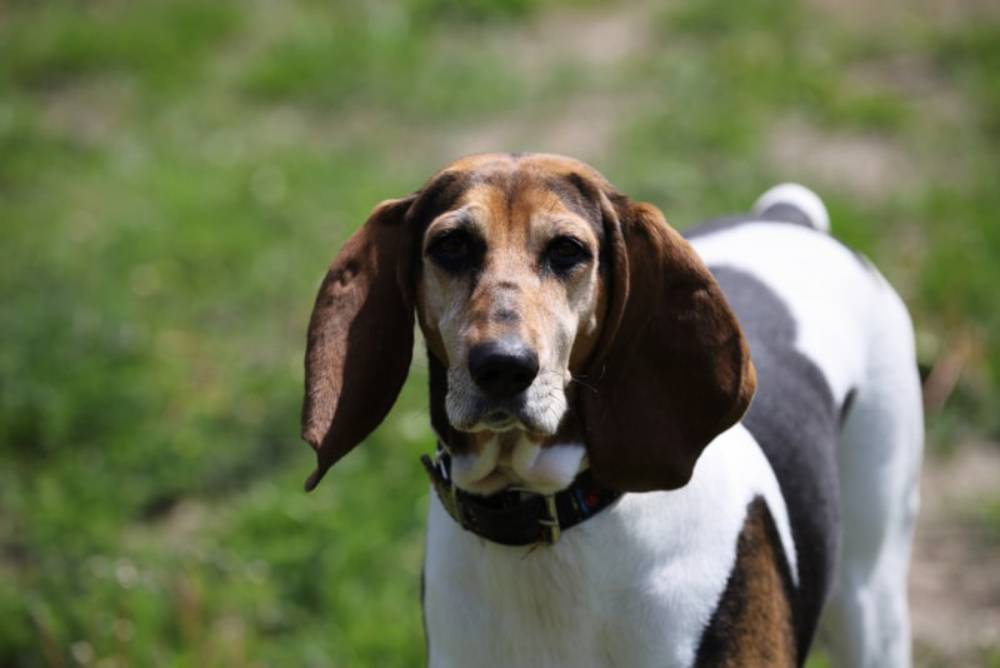
| Origin: | Great Britain |
| Lifespan: | 10–13 years |
| Height: | 24 inches |
The English Foxhound is a scent hound originally developed to hunt foxes. They are cousins of the American Foxhound and have been bred for over two hundred years. During the British Raj from 1858 to 1947, this breed was exported to India for jackal coursing, though they didn’t live long due to the hot weather. It is the rarest of the four foxhound breeds.
12. Belgian Laekenois
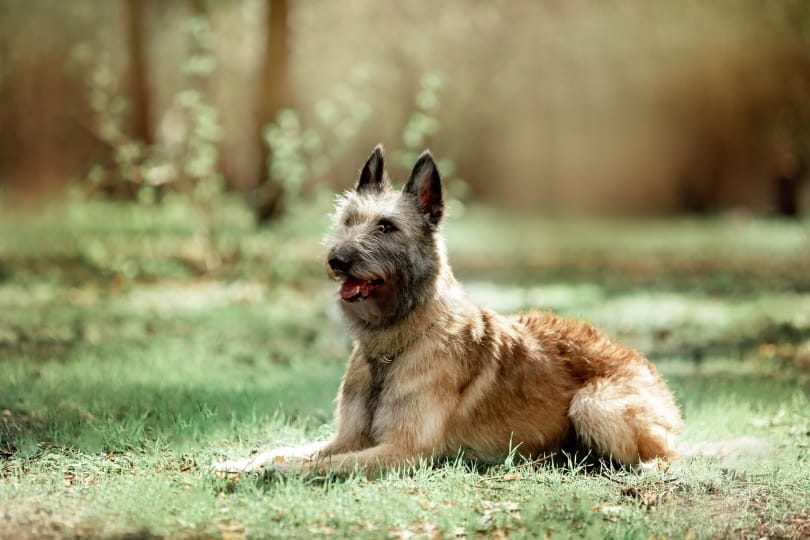
| Origin: | Belgium |
| Lifespan: | 10–12 years |
| Height: | 22–26 inches |
The Belgian Laekenois is a herding dog and one of the newest AKC-recognized breeds. They were originally developed to guard and tend to flocks, though modern Belgian Laeknois are extremely versatile and adaptable, often excelling at dog sports. There are only 200 individuals in the United States and around 1,000 worldwide, making them one of the rarest dog breeds in the world.
13. Harrier
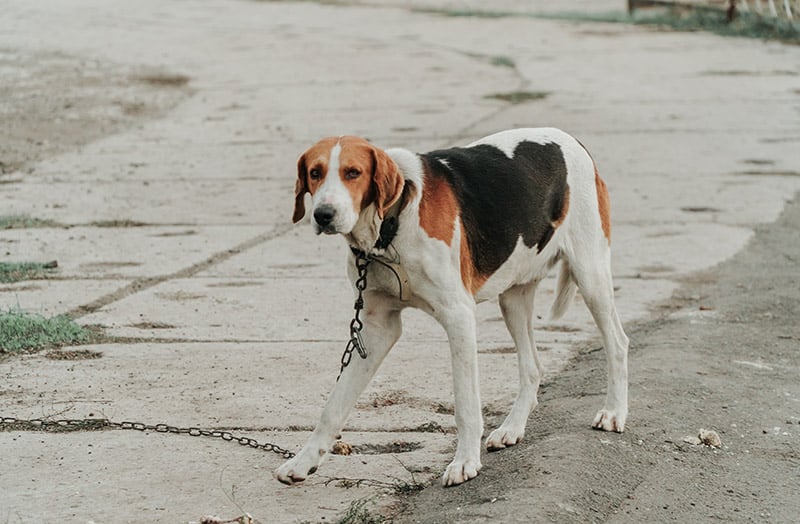
| Origin: | United Kingdom |
| Lifespan: | 12–15 years |
| Height: | 19–21 inches |
The Harrier is a medium-sized hound dog that’s been used since the mid-13th century primarily to hunt hares. The breed is thought to have come to America with British colonizers in the 17th century. They were recognized by the AKC in 1885, but less than 1000 were registered between 1884 and 1994, making them a pretty rare breed. That said, Harriers are very popular hounds in Ireland for hunters.
14. Sussex Spaniel
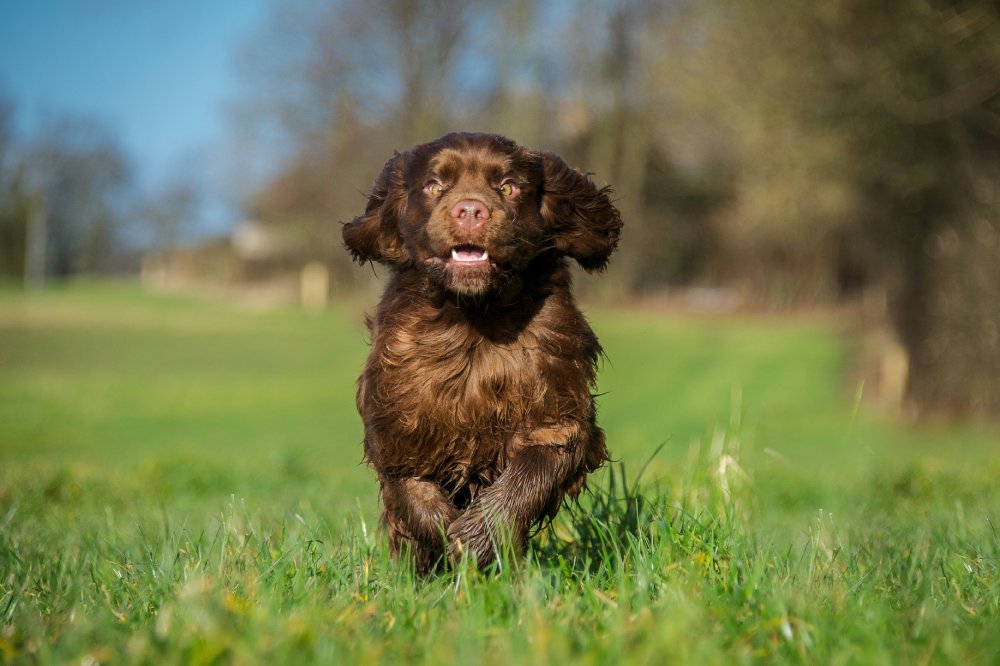
| Origin: | England |
| Lifespan: | 1–12 years |
| Height: | 15–16 inches |
The Sussex Spaniel is native to Sussex on England’s south coast. These rugged hunting dogs were one of the first nine breeds to be recognized by the AKC, though World War II threatened the population so much that there were only around five dogs left. However, the dedication of determined breeders did revive the breed, though there are only around 600 in America today.
15. Grand Basset Griffon Vendéen

| Origin: | France |
| Lifespan: | 12–14 years |
| Height: | 15–17 inches |
The Grand Basset Griffon Vendéen is a French rabbit hunting dog. They’re a relatively new breed, having only become one in the 1950s. They weren’t recognized by the AKC until 2018, and there are only a few hundred currently registered with the club.
16. Azawakh
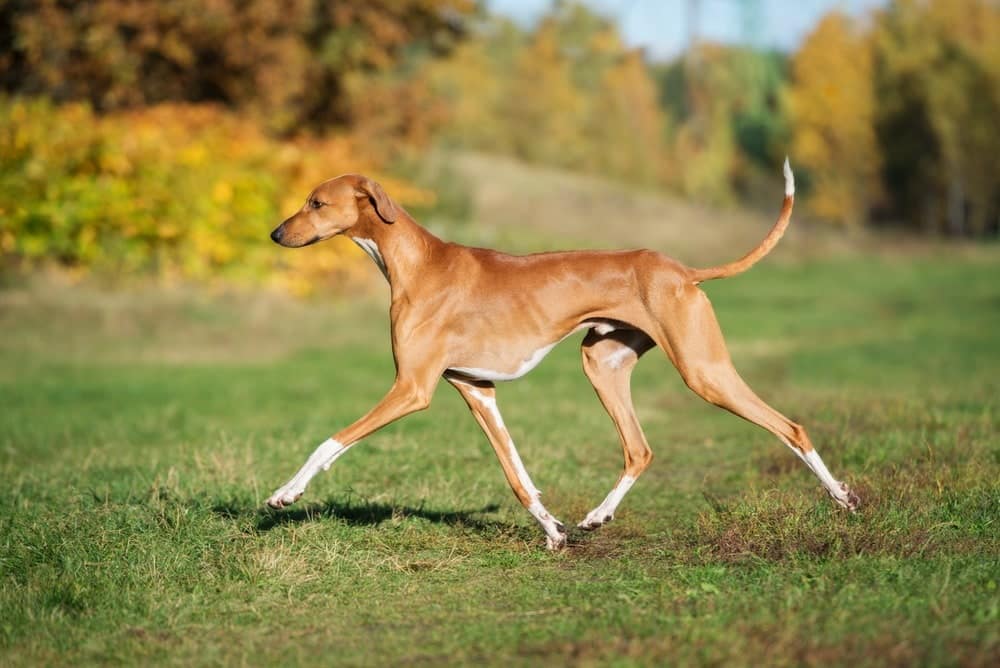
| Origin: | West Africa |
| Lifespan: | 10–12 years |
| Height: | 24–29 inches |
The Azawakh is a West African sighthound with a slender and refined appearance. These long-lasting hunters are known for their impressive speed and agility. These rare dogs are generally aloof with complex personalities and are quite rare in North America.
17. Chinook
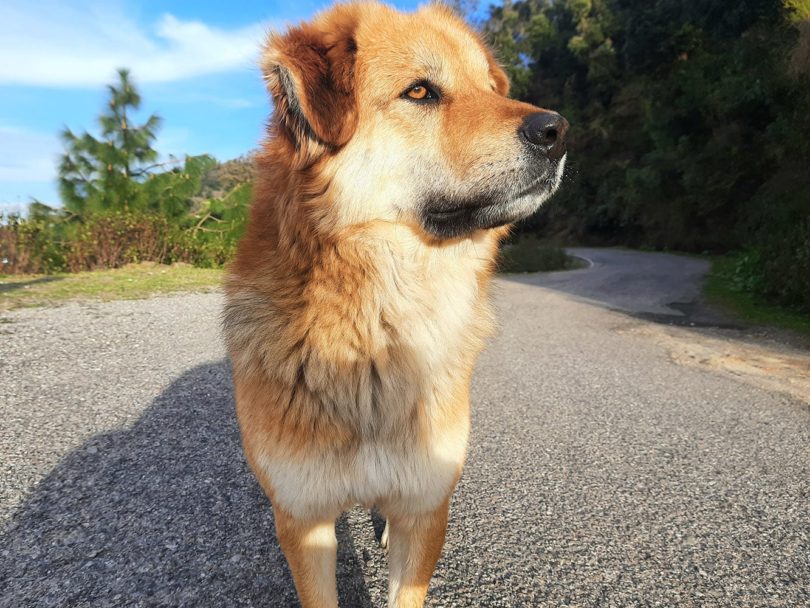
| Origin: | United States |
| Lifespan: | 13–15 years |
| Height: | 22–26 inches |
The Chinook is an American dog originating in New Hampshire during the 20th century. These willing workers are rugged working dogs and devoted family pets. After the death of one of the only Chinook breeders in 1981, only eleven breedable Chinooks survived. While the breed was saved from extinction, there are currently only around 800 presently registered in the world.
18. Alaskan Klee Kai
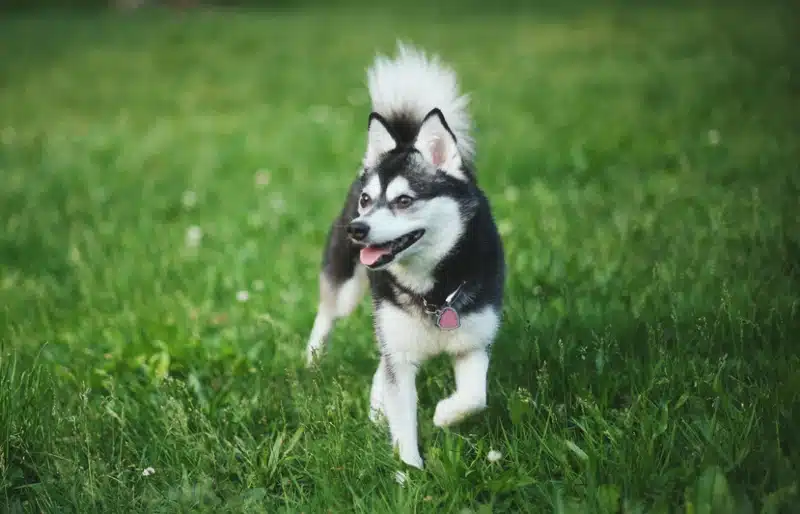
| Origin: | Alaska |
| Lifespan: | 13–16 years |
| Height: | 12–17 inches |
The Alaskan Klee Kai is a small-sized companion dog with roots descending from many native breeds of Alaska. It has Alaskan Husky, Siberian Husky, and American Eskimo Dog in its heritage. This is a relatively new breed, having been developed in the early 1970s, but there are only around 700 Klee Kai worldwide.
19. Otterhound

| Origin: | England |
| Lifespan: | 10–13 years |
| Height: | 24–27 inches |
The Otterhound is a big and boisterous dog bred in medieval England for otter hunting. The breed first made its appearance in the U.S. in 1903 and is one of the foundation breeds for the Airedale Terrier. They are so rare that the UK Kennel Club lists them as a Vulnerable Native Breed, with only around 600 dogs left worldwide.
20. Lagotto Romagnolo
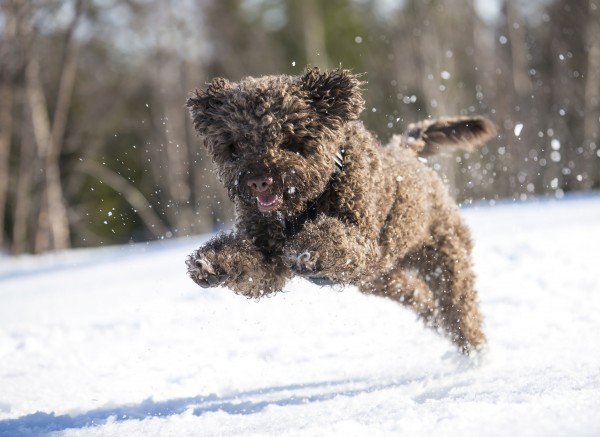
| Origin: | Italy |
| Lifespan: | 15–17 years |
| Height: | 16–19 inches |
The Lagotto Romagnolo is an Italian hunting dog, most often used as a gun dog and for water retrieving. They are considered to be the world’s oldest water retriever breed. These dogs are used now to hunt for truffles. This breed is still relatively rare in America, with only around 500 registered in the country.

Conclusion
The 20 breeds above are rare in the United States for a variety of reasons. Some may have had a difficult time gaining traction outside of their homeland countries, and others may have been bred for purposes that are now redundant in modern America. The Otterhound, for example, was developed to hunt otters, a job that’s not needed in the United States. The Norwegian Lundehund was bred to retrieve puffins and have unique physical characteristics for that job. As much as we’d love to know exactly why each of these 20 breeds is rare in the U.S., we just don’t have a black-and-white answer.
Featured Image Credit: Kristina Chizhmar, Shutterstock
